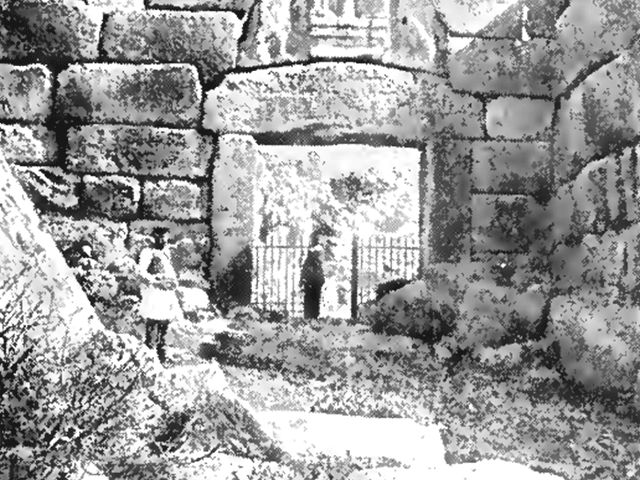<![CDATA[A group of archaeologists are excavating the remains of an ancient Mycenaean Citadel – a site that has turned out to be far more exhaustive and extensive that meets the eye. The team is led by Professor Christofilis Maggidis, associate professor at the Dickinson College. The site has been termed as the Citadel of Glas and it is full of old world Mycenaean ruins that are said to measure about 10 times the size of the ancient Tiryns Citadel and 7 times the size of Mycenae (one of the most famous cities in history). Maggidis states that he first excavated at the Glas Citadel way back in the year 1990 with his mentor and the humongous size of the citadel along with its connection to the Kopais drainage project left him perplexed. The Kopais drainage project was one of the greatest engineering efforts in history that took place in the 14th century BC. Under the project, ancient engineers drained marshlands using drainage control systems and diverted six streams and rivers from the basin to two mammoth canals in the Kopais basin. This transformed the Kopais basin into one of the most fertile plains in Greece. The canals were also reinforced with Cyclopean revetments that helped in supporting roads as well. Archaeologists believe that approximately 2,000,000 cubic meters of earth was required to be moved in order to build the embankments and dykes and as much as 250,000 cubic meters of stone was used to carve the face of the embankments. The Citadel of Glas was believed to be the main administrative center for this project. It was protected by a huge stone wall that was 5.5 – 5.8 meters thick. This wall ran for about 3kms, featured 4 gates and three central enclosures. According to Maggidis, there were certain peculiarities in the Citadel of Glas. He said that one of the biggest oddities was that only 1/3rd of the area seemed to be occupied by buildings and structures, although it did not make sense for the space outside the central enclosure to be completely void of structures. Maggidis believes that the Citadel of Glas was much more than a simple fort to administer the drainage of the Kopais lake. He states that this was what prompted him to explore the Citadel further. As a result of his uncertainties, Maggidis and his colleagues performed a geophysical survey of the citadel with the help of a GPR, satellite imagery, a Fluxgate gradiometer and electrical resistivity. The group mainly focused on areas that were left unexplored. And the results were amazing to say the least. Maggidis states that the tests proved that the Citadel wasn’t void of structures, but was full of buildings that had many uses, including extensive residential quarters, well built complexes, terraces, a cistern and staircases. The picture that emerged was that of a fortified town. Maggidis believes that this discovery finally took them one step further to uncovering the mysteries that the Citadel had to offer. Even though the findings are still at their nascent level, a detailed report that showcases the discoveries made in the Citadel of Glas shall be published in the Popular Archaeology Magazine in September. ]]>
Archaeologists Investigate an Ancient Mycenaean Citadel
